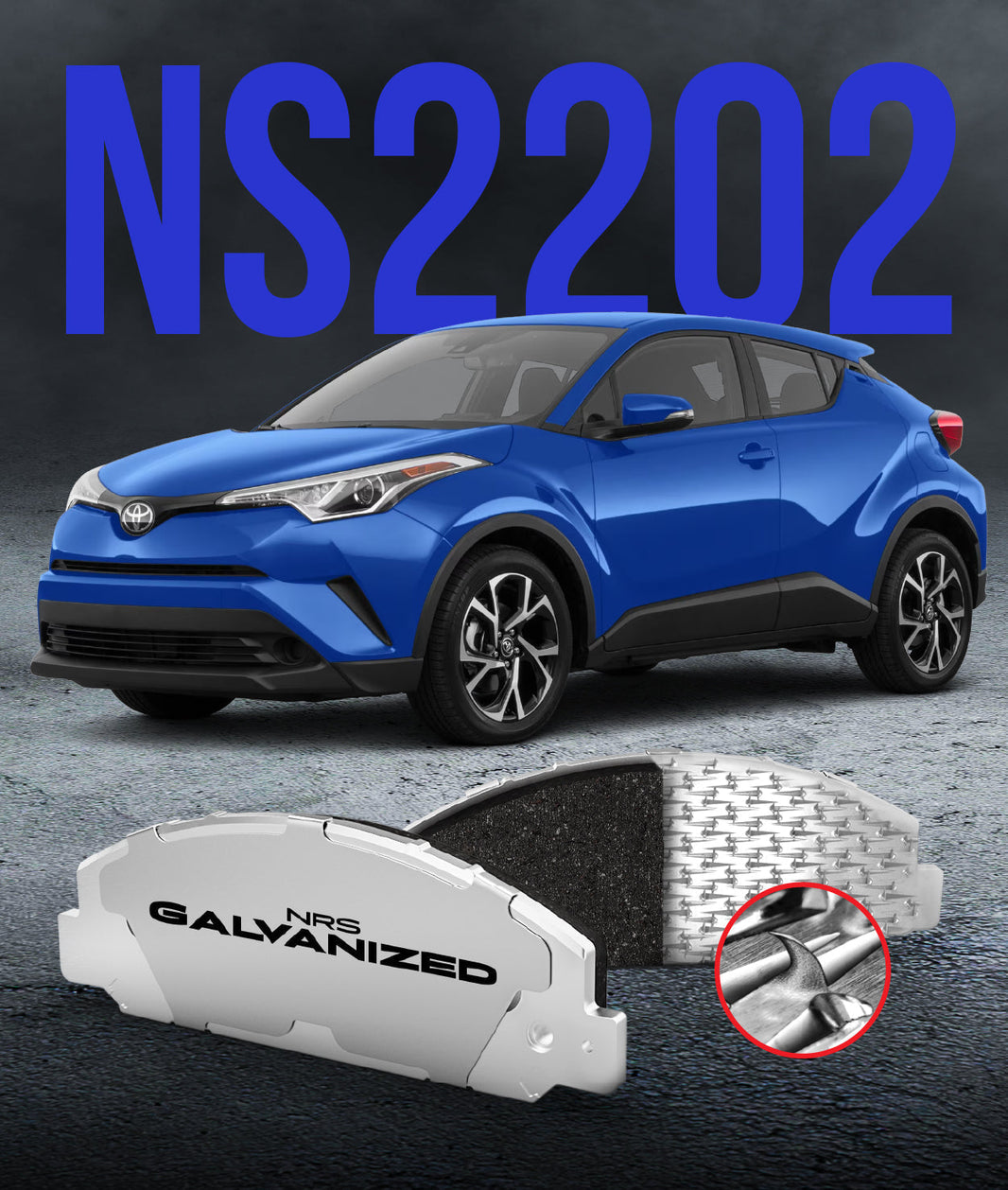
When you call a mechanic for a brake job quote, the very first question they will ask is, "What is the year, make, and model of your vehicle?" This isn't just for their records; it's the single most important factor that sets the entire baseline for the cost of the job. It instantly tells the technician about the size of the components, the complexity of the system, and the expected labor time.
While labor rates and overall part quality play a significant role, the simple truth is that the parts for a compact car are fundamentally different—and cheaper—than those for a heavy-duty truck or a high-performance sports car. Understanding where your vehicle falls on this spectrum is the key to anticipating your repair costs and avoiding sticker shock.
The Baseline: Economy and Commuter Cars
Vehicles like a Honda Civic, Toyota Corolla, or Hyundai Elantra will almost always have the most affordable brake replacement costs. These cars are engineered for efficiency and low-cost ownership, and their brake systems reflect that philosophy.
-
Smaller, Lighter Parts: These cars are lightweight and don't require massive braking systems to be stopped safely. The brake pads and rotors are smaller, using less raw material, which makes them cheaper to produce. Many use simple, solid rear rotors or even drum brakes, which are very inexpensive to service.
-
Simple, Proven Systems: The braking systems are typically straightforward, using single-piston floating calipers that are easy to service. They generally lack the complex multi-piston calipers or advanced electronic sensors found on more expensive cars, which keeps labor time and parts cost to a minimum.
-
High Parts Availability: Because these are some of the most popular cars on the road, there is a vast and highly competitive aftermarket for parts. This competition among manufacturers helps keep prices low for consumers.
The Markup: Trucks, Vans, and SUVs
If you drive a pickup truck like a Ford F-150, a commercial van, or a large SUV like a Chevrolet Tahoe, you can expect your brake job to cost significantly more than it would for a small sedan. This isn't an arbitrary "truck tax"; it’s a direct result of the laws of physics.
-
Heavy-Duty Demands: These vehicles weigh substantially more and are often used for towing or hauling heavy loads. To stop that much mass safely, they require much larger, thicker, and more robust brake pads and rotors. The rotors are almost always a heavy, vented design to dissipate the immense heat generated.
-
More Material = More Cost: The sheer size and weight of these components mean they are more expensive to manufacture, warehouse, and ship—a cost that is passed on to the consumer. The calipers are also larger and more powerful to provide the necessary clamping force.
The Premium: Luxury and High-Performance Sports Cars
This category, including brands like BMW, Mercedes-Benz, Audi, and Porsche, carries the highest costs for brake service. The premium price comes from a combination of highly specialized parts and more complex, time-consuming labor.
-
High-Performance Parts: These vehicles use brake systems designed for superior stopping power at high speeds. This can include specialized ceramic-compound brake pads, large multi-piston fixed calipers (from brands like Brembo) that provide more even clamping pressure, and complex two-piece or cross-drilled rotors that are very expensive to replace.
-
Advanced Electronics: Many luxury cars feature electronic brake pad wear sensors that are designed to be replaced along with the pads, adding another mandatory item to the parts list.
-
Brand Pricing and Complexity: OEM (Original Equipment Manufacturer) parts for luxury brands carry a significant brand markup. Furthermore, labor can be more complex due to features like electronic parking brakes that require a special scan tool to retract before service can even begin.
The Modern Exception: Electric and Hybrid Vehicles (EVs)
Electric and hybrid vehicles present a unique case that turns traditional brake wear on its head. They utilize a technology called regenerative braking, where the electric motor essentially runs in reverse to slow the car down, capturing energy to recharge the battery. This means the physical brake pads are used far less frequently, often only for sudden hard stops or at very low speeds.
As a result, the brake pads on an EV can easily last over 100,000 miles. However, this infrequent use creates a new problem: corrosion. Because the pads and calipers aren't used often, they are more susceptible to seizing from rust, especially in wet or winter climates. This means that EV brake service is often about addressing rust and seized components rather than worn-out pads. When replacement is finally needed, the parts can still be specialized and carry a higher cost.
Your vehicle type sets the stage for the entire repair cost. To understand the other factors that will influence your final bill, explore our complete guide on brake pad replacement cost.




